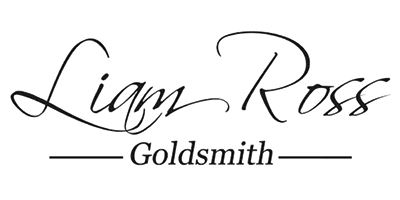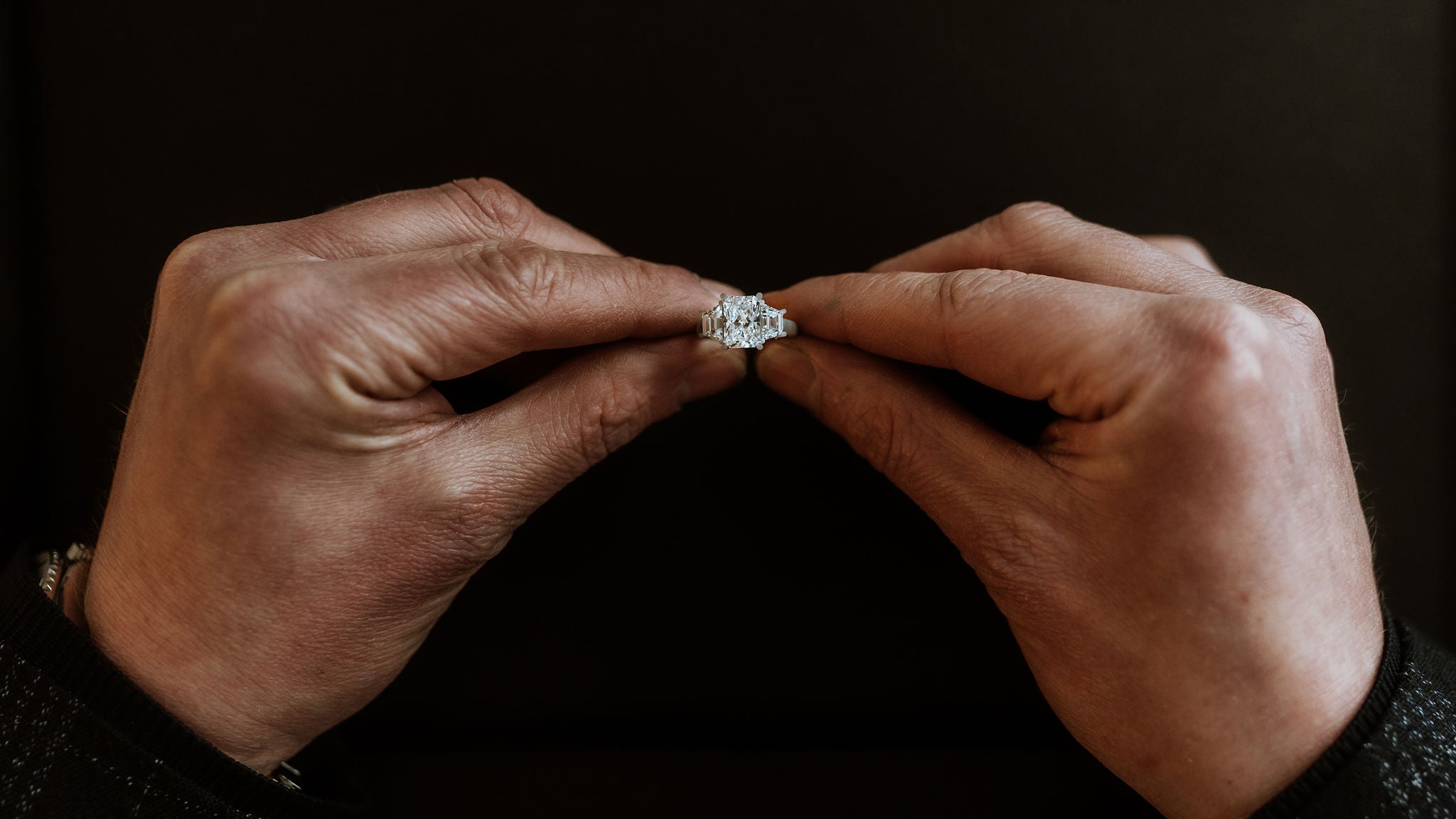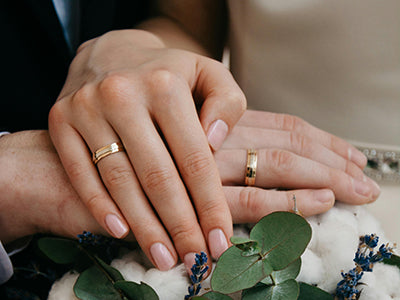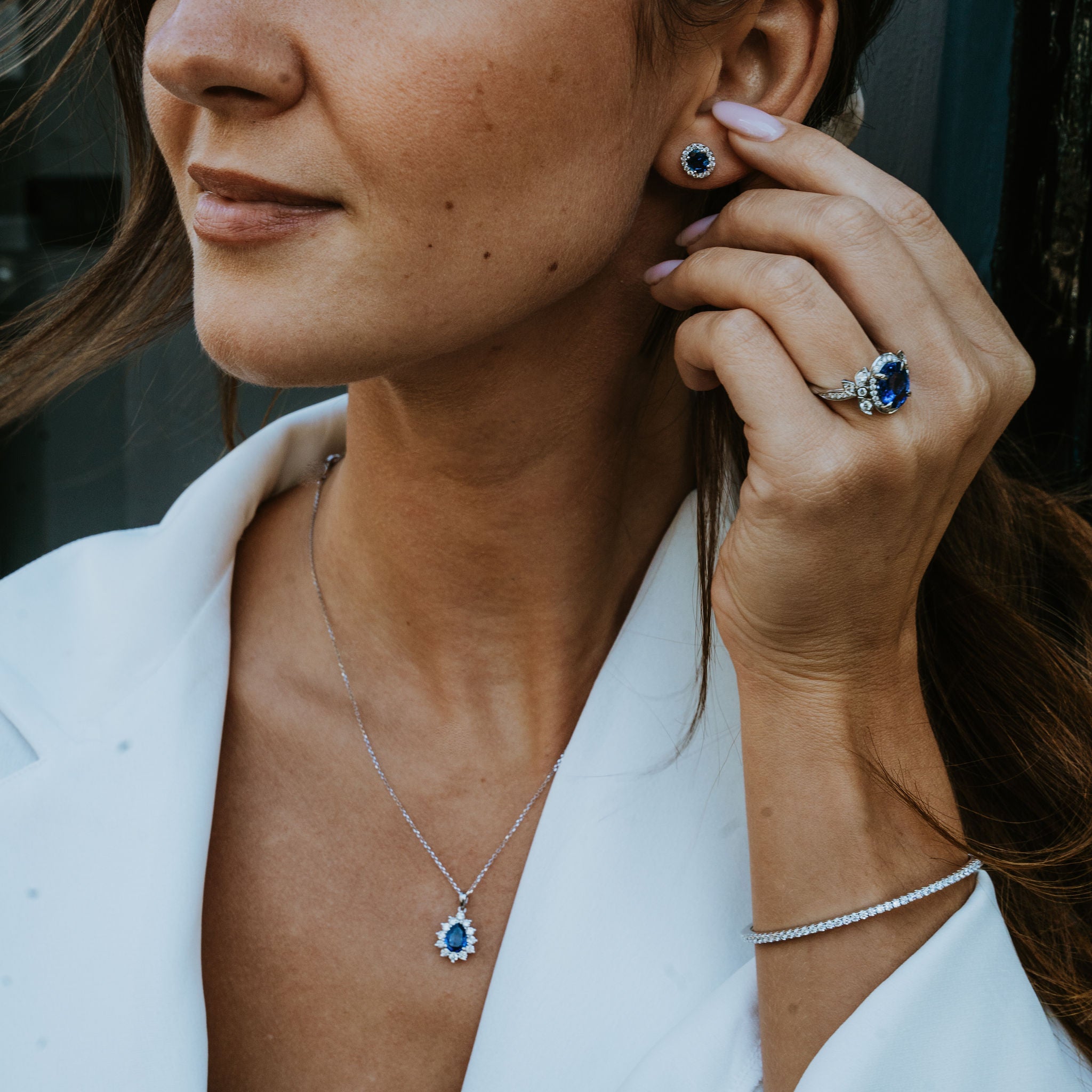 As master jewellers, we can fulfil all sorts of requests for bespoke jewellery that fit some very niche desires. That can mean personalised engraving, the incorporation of unusual ideas and also an atavistic approach that recreates styles that were popular in the past.
As master jewellers, we can fulfil all sorts of requests for bespoke jewellery that fit some very niche desires. That can mean personalised engraving, the incorporation of unusual ideas and also an atavistic approach that recreates styles that were popular in the past.
In the latter case, you may have a certain interest in Victorian jewellery, which might in many cases be available as an antique or even as an heirloom in your family, but also represents a style that might be recreated in the 21st century.
Enduring Popularity
The enduring popularity of Victorian jewellery was highlighted in a recent article in the Eastern Daily Press, where this topic was discussed by Angela Matthews of Norfolk-based Keys Fine Art Auctioneers.
She noted that Victorian designs and styles have had lasting influences in many fields, not just in jewellery, but there are often instances where modern items take some inspiration from elements of Victorian style.
At the same time, she noted, genuine Victorian jewellery can prove very popular at the company’s auctions, citing the recent example of a pearl and coral ring.
Three Periods In One
However, she noted, the term ‘Victorian jewellery’ is a little oversimplified, as this was a long period in history (1837-1901) and it can be characterised by three distinctive periods when different styles became prominent.
First came the Romantic Period from 1837-60, influenced to a large extent by the Queen’s own tastes. Then came the Grand Period from 1860-1880, marked partly by the abundance of gold and gems after new discoveries around the empire and the advent of ‘mourning jewellery,’ regularly worn by the monarch after the passing of Prince Albert in 1861.
Finally, there was the late Victorian period up to the Queen’s death in 1901, where designs returned to a simpler format and the Arts and Crafts movement was influential.
“This was a period when jewellery became more accessible to the middle classes,” Ms Matthews noted. This was partly because cheaper materials could be used, such as glass and enamel imitation gems and seed pearls.
“That said, gemstones including diamonds, sapphires, rubies and opals were still popular, while silver and platinum emerged alongside gold in the making of jewellery,” she added.
Ms Matthews concluded that the combination of affordability and the fact that Victorian styles can still appeal to people today is why pieces sold at auction are still popular.
Bespoke Options
Some might consider that the styles of the late Victorian age are perhaps not quite what they would like for a bespoke item. On the one hand, simpler items may simply not be ornate enough for anyone who wants something that looks a bit different from the contemporary norm. Secondly, imitation jewels can certainly be ruled out.
Against that, the second point may be countered by the possibility that a bespoke item might resemble a family heirloom, but incorporate authentic precious gems instead of glass imitations.
Recreated Romanticism
Some may want to go for more ornate earlier Victorian designs. For example, the Romantic Period was all about items that told stories, communicated romantic ideas and promoted moral virtues, combining beauty and intricacy with notions of commitment, fidelity and hope.
This opens up the possibility that something similar might work for engagement or wedding rings in the here and now, reimagining the old ideas of love and romance for the 21st century.
Some of the specific elements include filigree patterns, which involve taking fine strands of metal and twisting them into lace-like patterns. This, of course, was a prominent part of the earlier periods of design and less so of the late Victorian era, but this approach in a bespoke item can add extra sophistication and make it truly stand out.
A Material Legacy
In other regards, you can be sure any bespoke item you order from us has some Victorian influences. The fact that the discoveries of the empire equipped Britain with so much more in the way of precious metals and gems and therefore had a huge impact on Victorian jewellery, remains relevant today.
These places may no longer be British imperial possessions, but they still supply so many of the materials found in our jewellery today. Whether it is gold from South Africa, diamonds from Botswana or rubies from Sri Lanka, places that were pink on the map in Victorian times are still suppliers to jewellers today.
Some ask what the Victorians ever did for us. The truth is, they did plenty in many areas of life, not least in the jewellery we wear. Whether it is a bespoke reproduction of Victorian styles or simply modern jewellery with a hint of Victorian influence, there is no escaping the fact.





